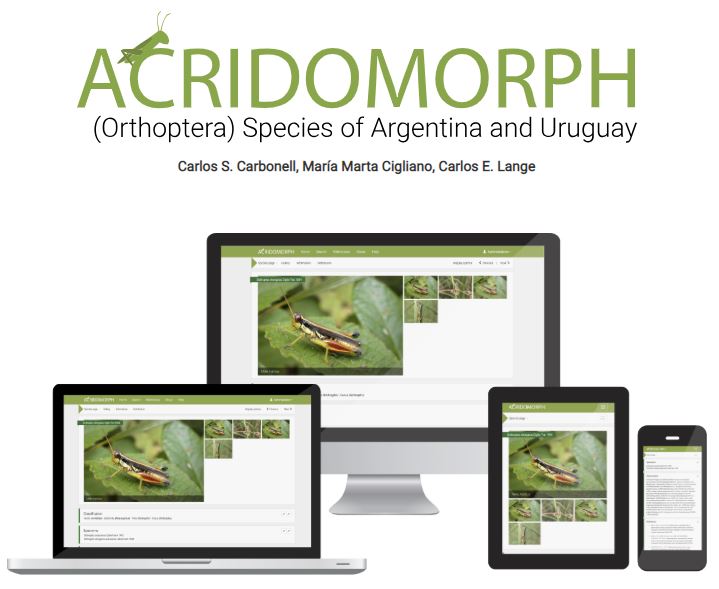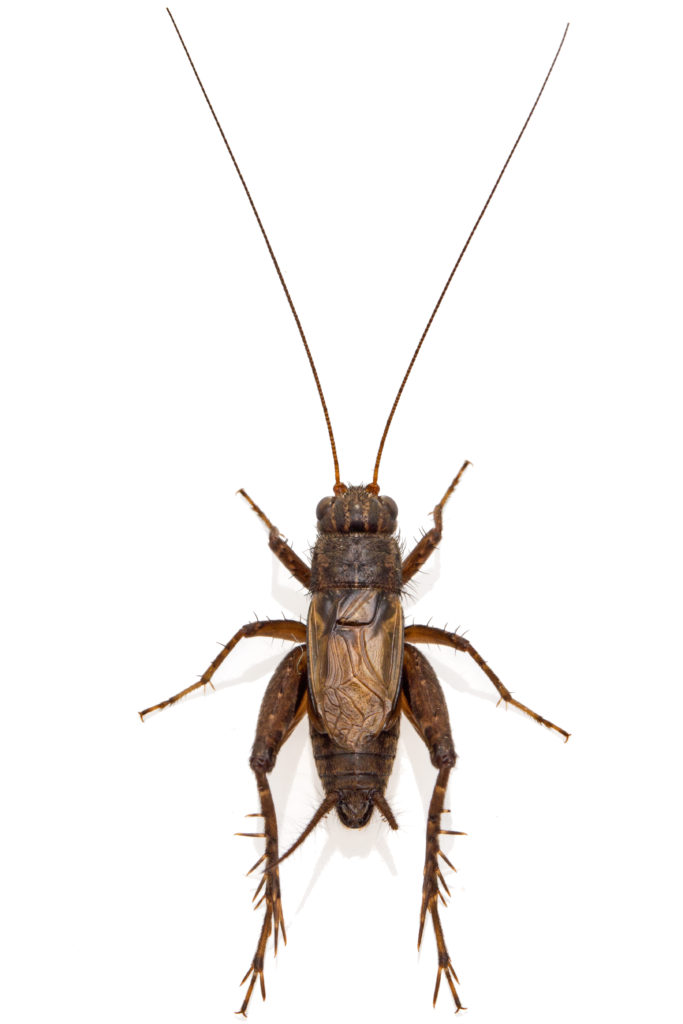 Books (and more) on Orthoptera and the orders of Polyneoptera are published irregularly. This list will be updated when new works are published. Note that all listed prices are in USD.
Books (and more) on Orthoptera and the orders of Polyneoptera are published irregularly. This list will be updated when new works are published. Note that all listed prices are in USD.
“Publications on Orthopteran Diversity,” a series by the Orthopterists’ Society
Ordering Information: Unless otherwise indicated, there are two ways to order these items with the understanding that shipping costs are $18 throughout the U.S. and $50 elsewhere. Note that shipping charges may be higher to Asia-South Pacific – inquire with our Treasurer (Pamm Mihm) before sending money.
1) Check out using PayPal’s Donation option – scroll to the bottom of the page and click on “Donate” (account not required, most major credit cards accepted), and please include a note for our Treasurer that explains what the funds are for.
2) Pay with U.S.A. Checks (U.S. or U.S. correspondent bank) and money orders – make them payable to the Orthopterists’ Society and contact our Treasurer for further instructions.
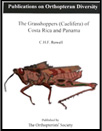
The Grasshoppers (Caelifera) of Costa Rica and Panama by C.H.F. Rowell = $25.
The first comprehensive treatment of grasshoppers (Caelifera) of Costa Rica and Panama.
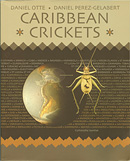 Caribbean Crickets by Daniel Otte and Daniel Perez-Gelabert = $30.
Caribbean Crickets by Daniel Otte and Daniel Perez-Gelabert = $30.
This book represents the first comprehensive assessment of the fauna of Caribbean crickets to date. It treats 585 cricket species, of which 458 are described as new species. Of the total 539 island species, 420 species are new to science. An additional 15 new species from surrounding continental areas are described.
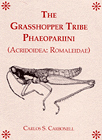 The Grasshopper Tribe Phaeopariini (Acridoidea: Romaleidae) by Carlos S. Carbonell = $15
The Grasshopper Tribe Phaeopariini (Acridoidea: Romaleidae) by Carlos S. Carbonell = $15
Endocrine Research in Orthopteran Insects (1983, Occasional Papers, Pan American Acridological Society, N° 1, 44 pp.) by M.P. Pener = $5
Acridomorph (Orthoptera) species of Argentina and Uruguay by Carlos S. Carbonell, María Marta Cigliano, and Carlos E. Lange = Free to explore and download
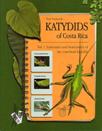 Katydids of Costa Rica, Vol. 1. Systematics and bioacoustics of the cone-head katydids by Piotr Naskrecki = Free to download as a PDF
Katydids of Costa Rica, Vol. 1. Systematics and bioacoustics of the cone-head katydids by Piotr Naskrecki = Free to download as a PDF
Discusses the biology and taxonomy of 3 subfamilies of Costa Rican Tettigoniidae and includes a CD-ROM with sound recordings, expanded keys, and hundreds of images of Costa Rican katydids.
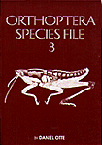
OSF 8: Gryllacrididae, Stenopelmatidae, Cooloolidae, Schizodactylidae, Anastostomatidae, and Rhaphidophoridae by Daniel Otte = $25
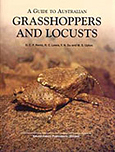 A Guide to Australian Grasshoppers and Locusts by D.C.F. Rentz, R.C. Lewis, Y.N. Su and M.S. Upton. Please see the publisher’s page for more information: Natural History Publications (Borneo).
A Guide to Australian Grasshoppers and Locusts by D.C.F. Rentz, R.C. Lewis, Y.N. Su and M.S. Upton. Please see the publisher’s page for more information: Natural History Publications (Borneo).
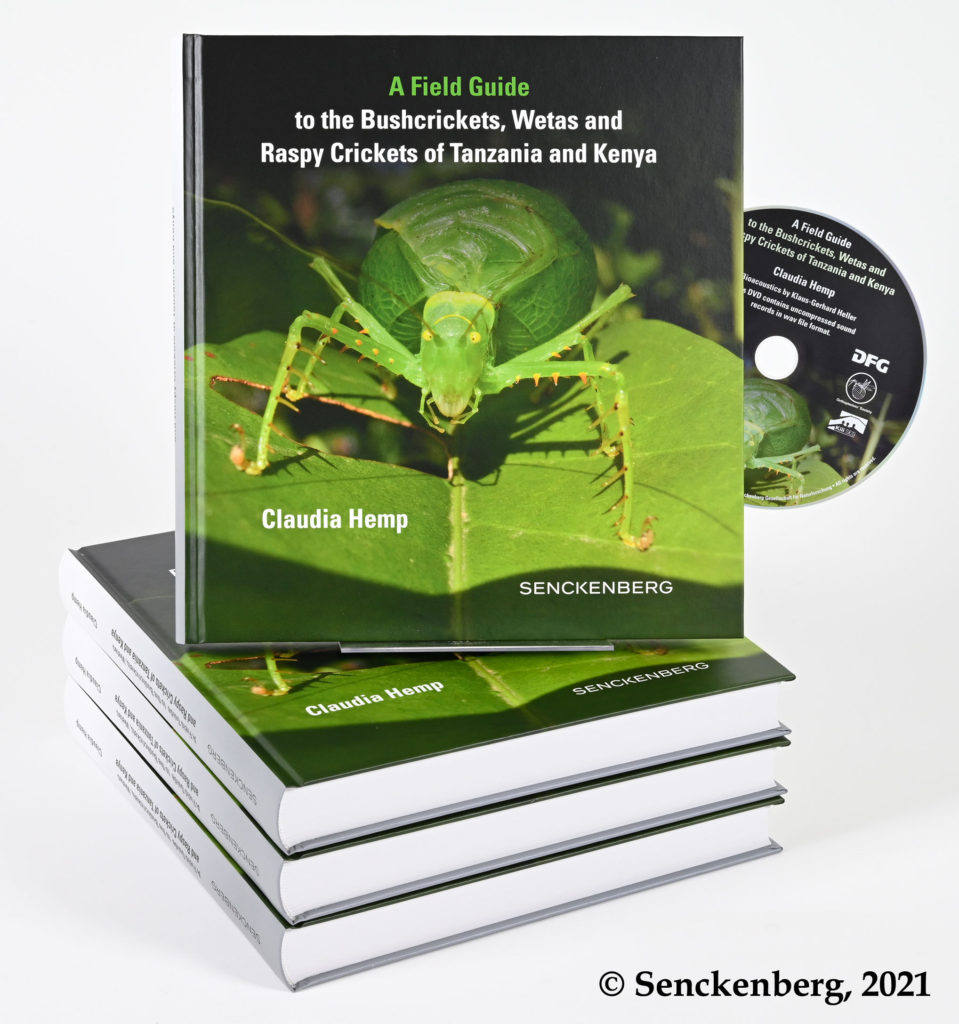 A Field Guide to the Bushcrickets, Wetas and Raspy Crickets of Tanzania and Kenya by Claudia Hemp, with contributions from: Andreas Hemp; Klaus-Gerhard Heller. Please see the publisher’s page for more information: Schweizerbart Science Publishing. To order, contact mail@schweizerbart.de – the price is 54.90 Euro, but only 27.45 Euro for Orthopterists’ Society members. Shipping costs aren’t included in these prices.
A Field Guide to the Bushcrickets, Wetas and Raspy Crickets of Tanzania and Kenya by Claudia Hemp, with contributions from: Andreas Hemp; Klaus-Gerhard Heller. Please see the publisher’s page for more information: Schweizerbart Science Publishing. To order, contact mail@schweizerbart.de – the price is 54.90 Euro, but only 27.45 Euro for Orthopterists’ Society members. Shipping costs aren’t included in these prices.
From the back cover synopsis: “This field guide covers northern to central Tanzania, southern Kenya, and parts of central Kenya. Most species are illustrated by live specimens; generally, adult males and females are depicted, along with selected nymphal stages. For species-rich genera, morphological details are provided, together with keys to genera and species as well as distribution maps for most taxa. The enclosed DVD features the songs of 185 species.
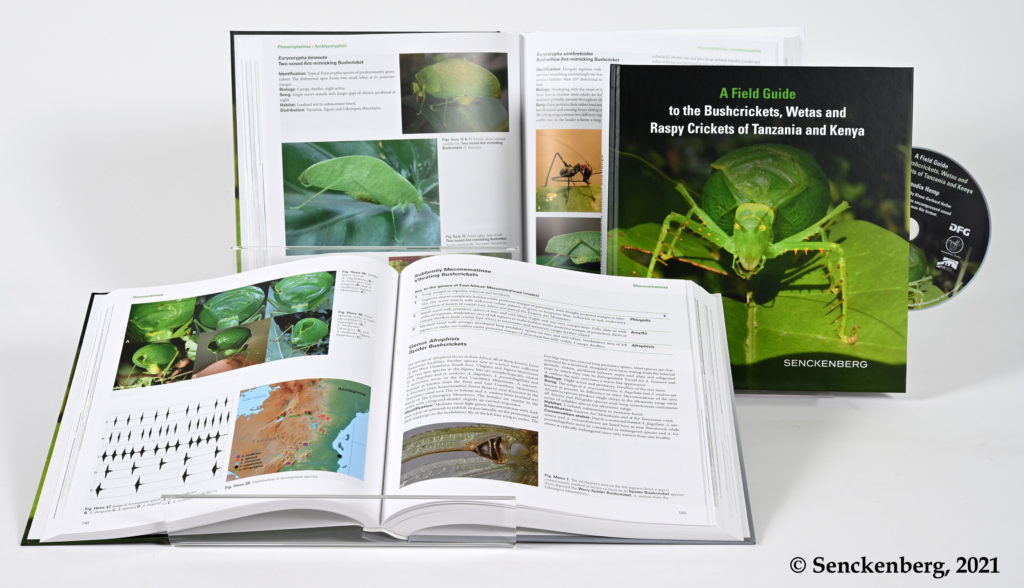
More than 270 bushcricket species are treated, including raspy crickets (7 genera) and wetas (2 genera). The majority of the species shown are from the family Tettigoniidae, particularly from the subfamily Conocephalinae (including the tribes Agraeciini, Conocephalini, and Copiphorini): in addition, the subfamilies Hetrodinae, Hexacentrinae, Meconematinae, Saginae, and Mecopodinae are represented as well. The subfamily Phaneropterinae is the most diverse in the area, with six genera in the tribe Acrometopini, plus representatives of the tribes Amblycoryphini, Catoptropterigini, Ducetiini, Holochlorini, Odonturini, Otiaphysini, Pardalotini, Phaneropterini, Terpnistrini, and Tylopsidini. Genera of ungrouped Phaneropterinae in the area include Ectomoptera, Eulioptera, Euryastes, Lunidia, Materuana, Meruterrana, Oxyecous, Pseudopreussia, Sentia, and Tropidonotacris. The subfamily Pseudophyllinae is also present with six genera (Acauloplax, Cymatomera, Cymatomerella, Pseudotomias, Stenampyx, and Zabalius).”
Books by Daniel Otte
(not available to order from the Orthopterists’ Society)
Ordering Information: Write to Daniel Otte, Entomology Department, Academy of Natural Sciences of Philadelphia, 1900 Benj. Franklin Pkwy. Philadelphia, PA 19103-1195, U.S.A. Checks (U.S. or U.S. correspondent bank) and money orders will be accepted, and make them payable to the Academy of Natural Sciences of Philadelphia. A CDROM, The Illustrated Catalog of Orthoptera, is also available.
Shipping Cost: throughout the U.S. = $4; Canada = $10; Mexico = $30; South America = $35; Europe, the Near East, and Africa = $35; Australia, New Zealand, and rest of the Eastern Hemisphere = $40.
 The Orthoptera Species File (OSF) series (its legacy is now also a website, Orthoptera Species File Online) is a monumental, multi-volume work that is a complete taxonomic and synonymic catalog of the Orthoptera of the world. Taxonomic entries include data on type localities, type depositories, taxonomic references, and full synonymy.
The Orthoptera Species File (OSF) series (its legacy is now also a website, Orthoptera Species File Online) is a monumental, multi-volume work that is a complete taxonomic and synonymic catalog of the Orthoptera of the world. Taxonomic entries include data on type localities, type depositories, taxonomic references, and full synonymy.
OSF 1: Crickets (Grylloidea) = $15
OSF 2: Grasshoppers (Acridomorpha) A = $15
OSF 3: Grasshoppers (Acridomorpha) B = $15
OSF 4: Grasshoppers (Acridomorpha) C = $20
OSF 5: Grasshoppers (Acridomorpha) D = $20
OSF 6: Tetridoidea+Tridactyloidea = $15
OSF 7: Tettigonioidea = $25
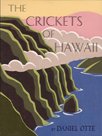 The Crickets of Hawaii by Daniel Otte = $25
The Crickets of Hawaii by Daniel Otte = $25
A monograph of the incredibly rich and interesting cricket fauna of the Hawaiian islands. This book discusses the history and evolution of crickets of the islands, and provides a complete taxonomic treatment of the fauna.
Other Books
(not available to order from the Orthopterists’ Society)
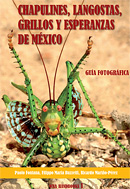 Chapulines, Langostas, Grillos y Esperanzas de México: Guía Fotográfica (Grasshoppers, Locusts, Crickets and Katydids of Mexico: Photographic Guide) by Paolo Fontana, Filippo Maria Buzzetti, and Ricardo Mariño-Pérez. Can be purchased on-line.
Chapulines, Langostas, Grillos y Esperanzas de México: Guía Fotográfica (Grasshoppers, Locusts, Crickets and Katydids of Mexico: Photographic Guide) by Paolo Fontana, Filippo Maria Buzzetti, and Ricardo Mariño-Pérez. Can be purchased on-line.
A good overview of orthopteran fauna in Mexico, which includes 272 pages and 393 color photos. Text is in English/Spanish and over 350 species are illustrated.
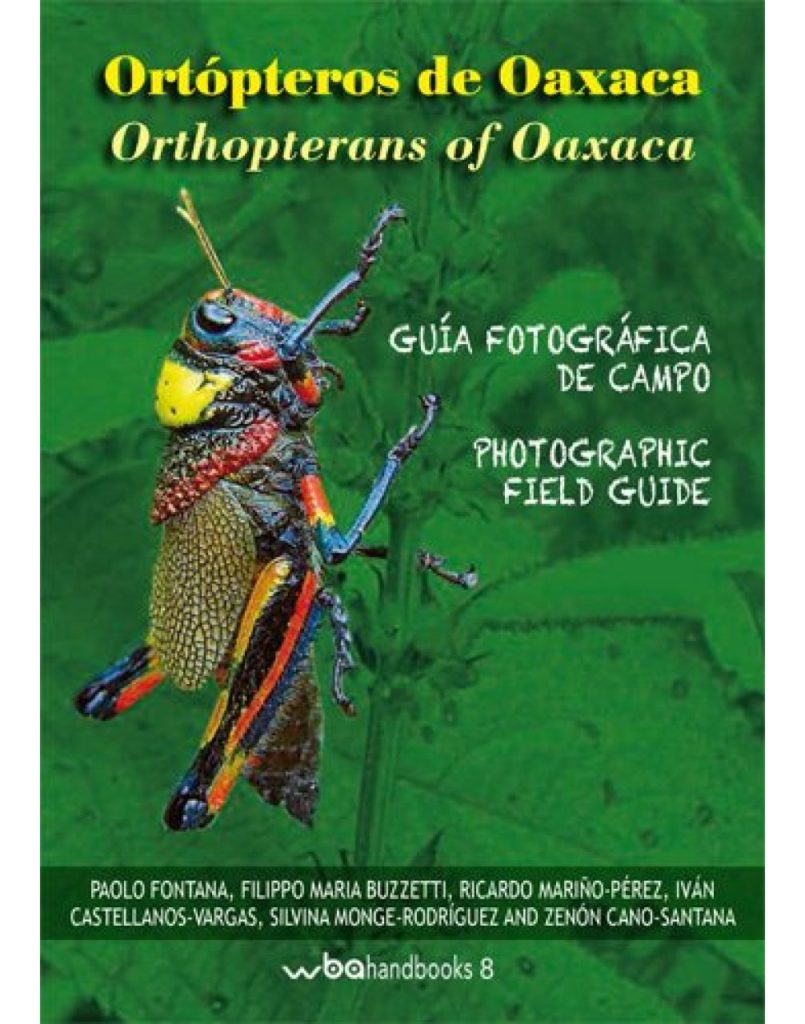 Ortópteros de Oaxaca: Guía Fotográfica De Campo (Orthopterans of Oaxaca: Photographic Field Guide) by Paolo Fontana, Filippo M. Buzzetti, Ricardo Mariño-Pérez, Iván Castellanos-Vargas, Silvina Monge-Rodríguez, Zenón Cano-Santana, and Bruno Massa. Can be purchased on-line.
Ortópteros de Oaxaca: Guía Fotográfica De Campo (Orthopterans of Oaxaca: Photographic Field Guide) by Paolo Fontana, Filippo M. Buzzetti, Ricardo Mariño-Pérez, Iván Castellanos-Vargas, Silvina Monge-Rodríguez, Zenón Cano-Santana, and Bruno Massa. Can be purchased on-line.
A good overview of about 100 species of orthopteran fauna found in the Oaxaca region of Mexico, which includes 209 pages and numerous color photos. Text is in English/Spanish.
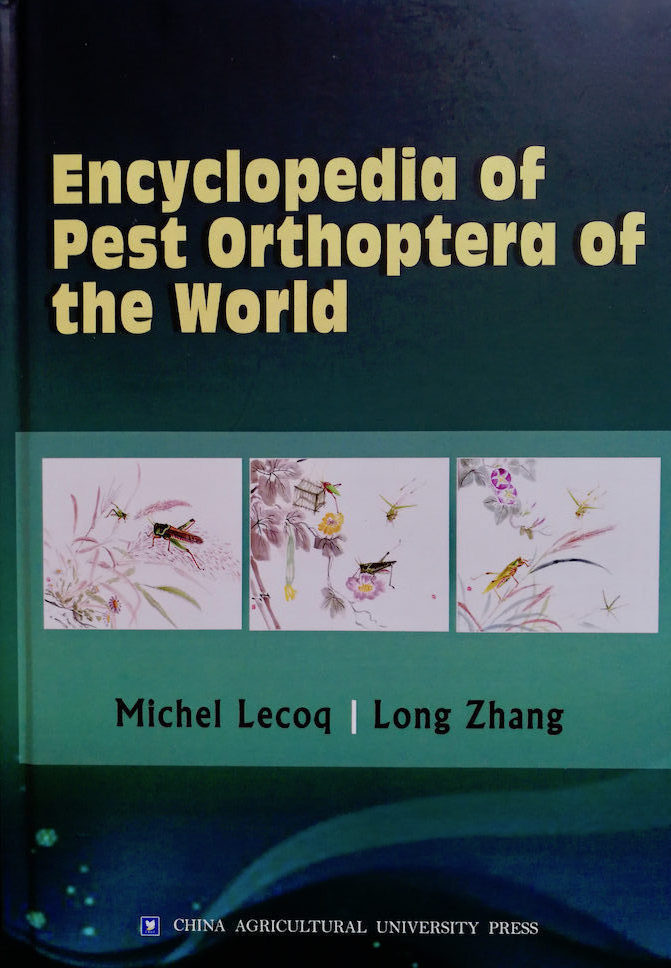 Encyclopedia of Pest Orthoptera of the World (2019, 311 pp.) by Michel Lecoq and Long Zhang (Sc. Ed.) from China Agricultural University Press, Beijing. ISBN: 978-7-5655-2232-1.
Encyclopedia of Pest Orthoptera of the World (2019, 311 pp.) by Michel Lecoq and Long Zhang (Sc. Ed.) from China Agricultural University Press, Beijing. ISBN: 978-7-5655-2232-1.
This encyclopedia covers the main Orthoptera species–locusts, grasshoppers and crickets–considered as important pests of crops and pasture worldwide. Some of these species are invasive at a continental scale. Their control is sometimes critical to food security worldwide, requiring governmental or international involvement. This book–illustrated with more than 120 color photos–may be useful in identifying these pests, also providing biological and ecological data, as well as information on how to manage them in the framework of integrated pest management strategies. It will provide diverse readers–academics, entomologists, farmers, researchers, extensionists – with key information on this group of insects of great economic importance.
To purchase your book ($102 USD) and have it shipped from China by Long Zhang, you have two options. For both options, you will need to include the book’s cost plus the shipping cost to your region found in the list below:
1) Check out using PayPal’s Donation option – scroll to the bottom of the page and click on “Donate” (account not required, most major credit cards accepted), and please include a note for our Treasurer that explains what the funds are for.
2) Pay with U.S.A. Checks (U.S. or U.S. correspondent bank) and money orders – make them payable to the Orthopterists’ Society and contact our Treasurer for further instructions.
To reiterate, the total cost will be $102 USD+the shipping cost from China to your region:
Japan+Korea = $28 USD
South Asia= $31 USD
West Asia= $53 USD
Australia+New Zealand = $37 USD
Europe= $50 USD
Canada+U.S.A. = $44 USD
Mexico+Central/South America = $60 USD
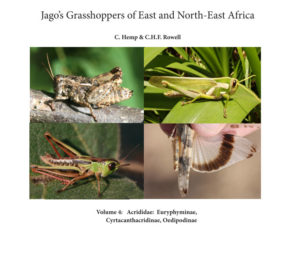 Jago’s Grasshoppers and Locusts of East and North-East Africa (2020, 232 pp.) by Claudia Hemp and Hugh Rowell. ISBN: 9781714548309.
Jago’s Grasshoppers and Locusts of East and North-East Africa (2020, 232 pp.) by Claudia Hemp and Hugh Rowell. ISBN: 9781714548309.
This volume includes the Acridinae subfamilies Euryphyminae, Cyrtacanthacridinae, and Oedipodinae and is fully illustrated with many of the species shown alive for the first time. For most of those taxa with limited distribution maps are provided. Keys to the subfamilies, genera, and species are also given. Click here to order your copy, as well as Vol 1-3.
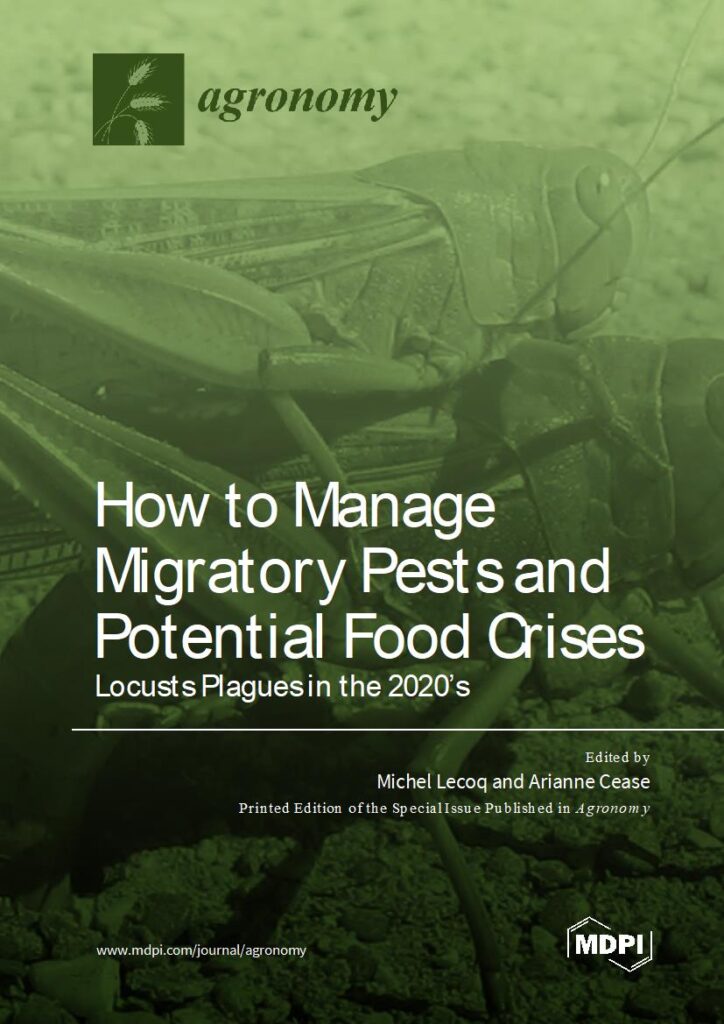 How to Manage Migratory Pests and Potential Food Crises: Locusts Plagues in the 2020’s
How to Manage Migratory Pests and Potential Food Crises: Locusts Plagues in the 2020’s
by Michel Lecoq and Arianne Cease (Editors) from MDPI Books
ISBN 978-3-0365-5752-6 (Hbk)
ISBN 978-3-0365-5751-9 (PDF)
Locusts are a threat to agriculture and livelihoods in many countries globally. The economic, social, and environmental consequences of these highly migratory pests are so substantial that they are treated as a national priority by many countries, with several international commissions established to unite efforts. This Special Issue aims to shed light on some overarching questions, such as:
1) What have we learned from historical outbreaks?
2) How serious is the threat?
3) What research is ongoing and is needed to better manage these insects?
4) How should the world respond to plagues today, especially in the context of climate change?
5) Are recommended preventive strategies really effective and what are the constraints to their application?
6) Is there a possibility to make better use of biological alternatives to chemical pesticides?
